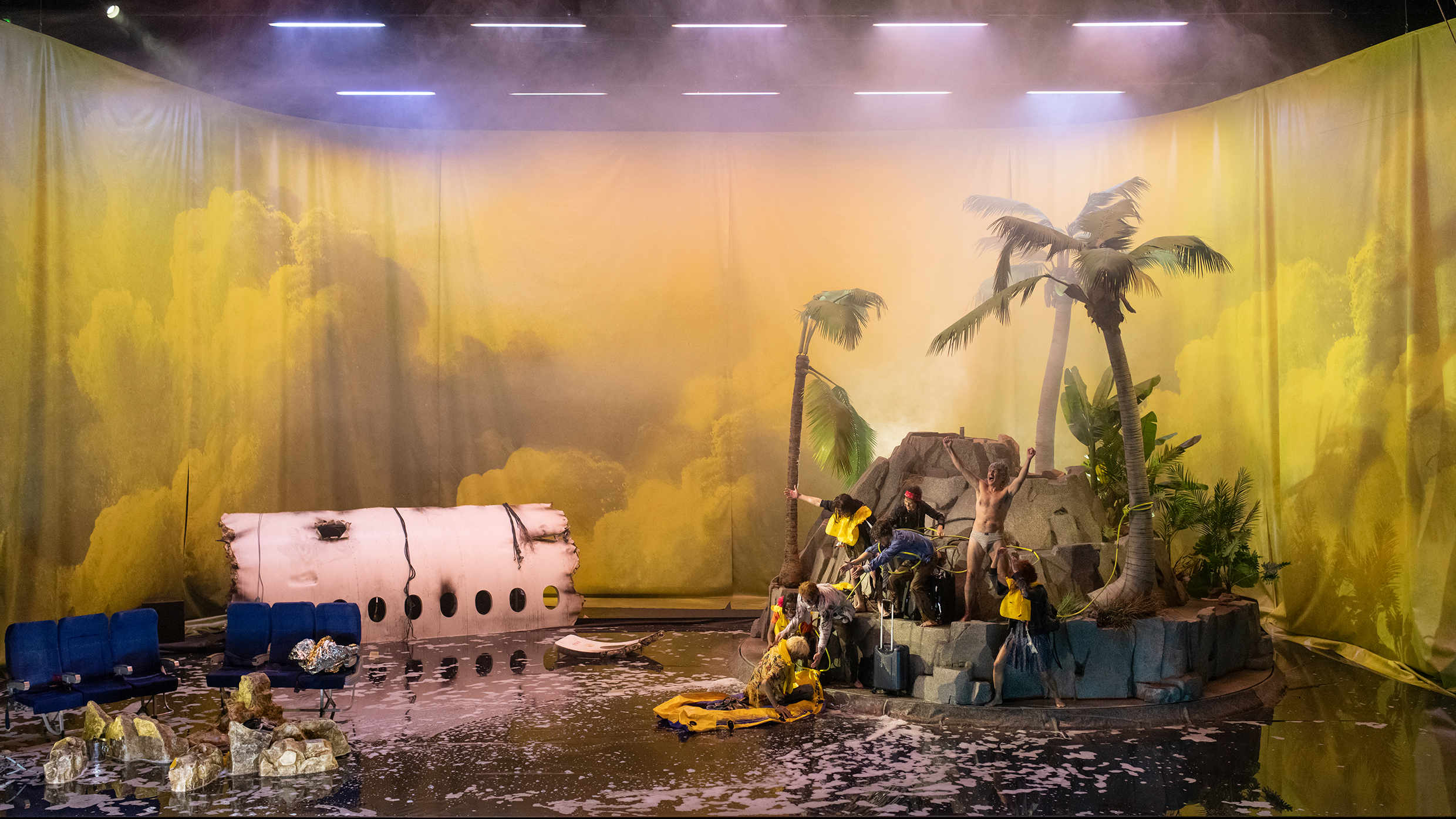France Pavilion: Microcosm by Philippe Quesne
Curator, Artist Dramaturg and Director of Théâtre National Nanterre-Les Amandiers, Philippe Quesne was appointed artistic director of the French presence at the Prague Quadrennial. He is therefore coordinating the creation of the two pavilions that will be displayed in Prague. For the France Pavilion, he is presenting a unique production: Microcosm.
With what is sometimes considered an ‘ecosophic’ theatre, I explore through my installations and performances the relationship between man and nature, a theatre-as-lab-assistant that puts the spectator in the role of observer in front of a foreseen staging turned terrarium. A universe that brings together human and animal, daydream and material, sounds and words, the solitary and the group.
Indelibly fed by the visual arts, my shows are indivisible from their scenography, which is an integral element of the writing and scoring process. They are born from thinking of landscapes and imagining micro-worlds into which I can plunge the actors — spaces in which tiny communities must make up lives for themselves in any possible circumstance.
Constructed from various tableaux vivants— from the snowy forest of Mélancolie des Dragons, to the fens of Swamp Club all the way to the caverns in La Nuit des taupes — these shows have been dreamt up for the past fifteen years and have travelled the globe.
Once more, for the Prague Quadrennial and the conception of the pavilions conferred to me, it is the landscape that will act as my guide. A dream space around the theme of the deserted island will be the source of inspiration for this next adventure. I imagine an immersive installation, one that propels the visitors into the experience of life within an insular microcosm.The island, as closed-off space isolated at sea, conducive to the most diverse visions possible, is the basis for many myths, symbols and fantasies, from Ulysses to Robinson Crusoe, Jules Verne to Gilles Deleuze, from Shakepeare’s Tempest to The Invention of Morel by Bioy Casares. Across the arts and literature, the island is a space inspiring many tales of exile, the backdrop of certain fantasies, and the structure of utopias. The truest space of possibility, the island can represent happiness as well as abandonment and the anxiety of survival. It can be the theatre for epics, for great dramas, of the litmus test, or the baptism by fire. At the centre of a story, it plays many roles in function of the theme. In the Robinsonade adventure tale, it isolates the hero or heroes, who learn how to survive on it or how to escape from it. In a treasure hunt story, it becomes the hideout for booty. It can also be a refuge for those who seek to cut themselves off from the rest of humanity in order to quietly carry out their activities or live in respect of their ideals. In the same right, it can be used to present an imaginary, utopic, or dystopic society.
Among many other reasons, these various illustrations stand to show how the island fascinates and remains an inextricable source of inspiration for all types of works.
Philippe Quesne
May 2018
Find more information about the finished project here.

